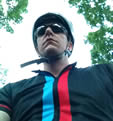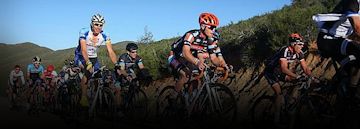As the daylight fades for those of us in states that have proper seasons, I thought it might be worth sharing a few thoughts on riding in the dark. The reality is that proper training for next year's gran fondos or -- if you're lucky enough -- for trips to those parts where there are fondos year round often involves riding in the dark or in poor light.
The most significant danger comes from other vehicles on the road not seeing you. 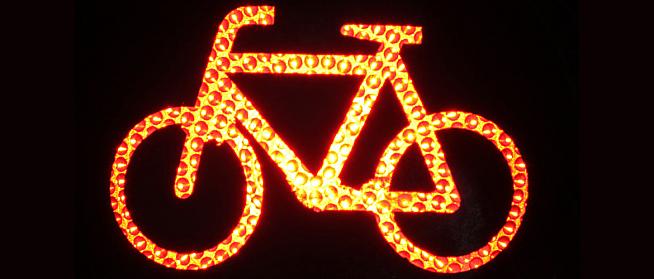
Lights are crucial and the rear light is most important.
A rear light should be bright and visible - not minuscule, fading, underpowered or obscured by a saddle pouch or reflector.
Remember that a group riding single file in the dark is entirely dependent on the brightness of the rear light on the last rider. If that rider has a poorly maintained rear light then the entire peloton is at risk.
The front light performs a dual function.
A powerful front beam will ensure that a rider is seen by incoming road users. It will also light up the road ahead. It is especially useful in conditions where there is no other ambient light source.
The disadvantage of a powerful front beam is that it may hinder a rider's night / peripheral vision.
A rider whose eyes are well adjusted to the dark can discern obstacles and changes in the road surface a long way off and may have more time to react to them. 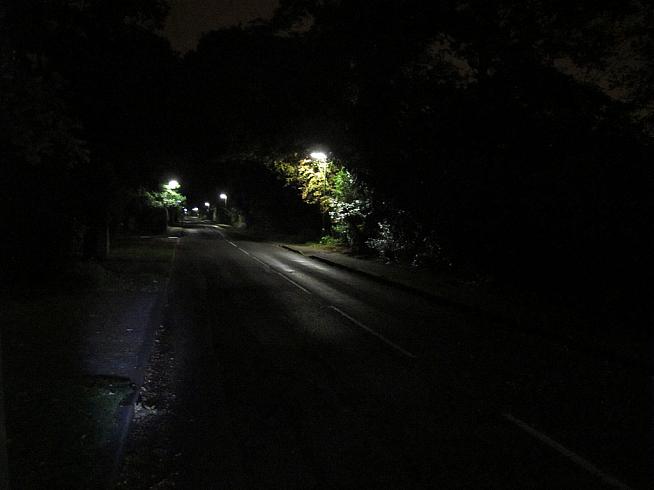
It's important to avoid being blinded by oncoming car headlamps. Don't look directly at bright lights when riding in the dark.
When it come to clothing, consider two factors: contrast and reflectivity.
Contrasting clothing helps a rider stand out. Black and white or some very clashing color or flouro combination may work well. Avoid all black.
Reflective strips on moving parts of the body or bike are also very effective. 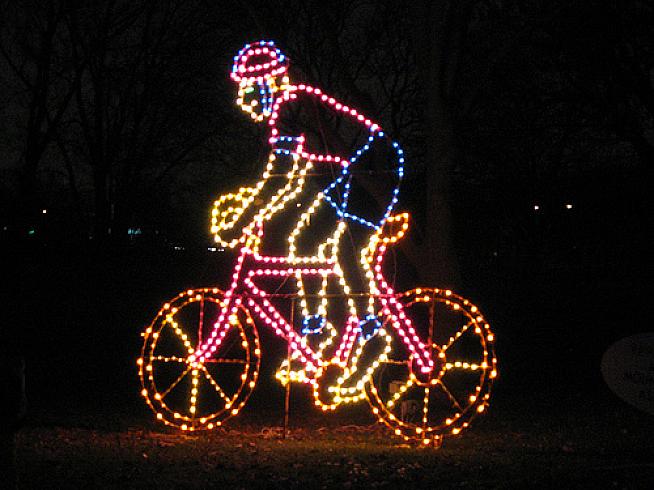
Headphones are an absolute no-no.
Generally it's a good idea to ride a little slower, keep the hands on the drops and, when riding in a group, leave some extra space to the wheel in front.
Ride safe.
0 Comments

